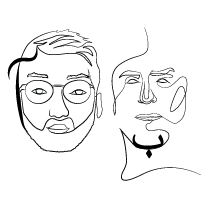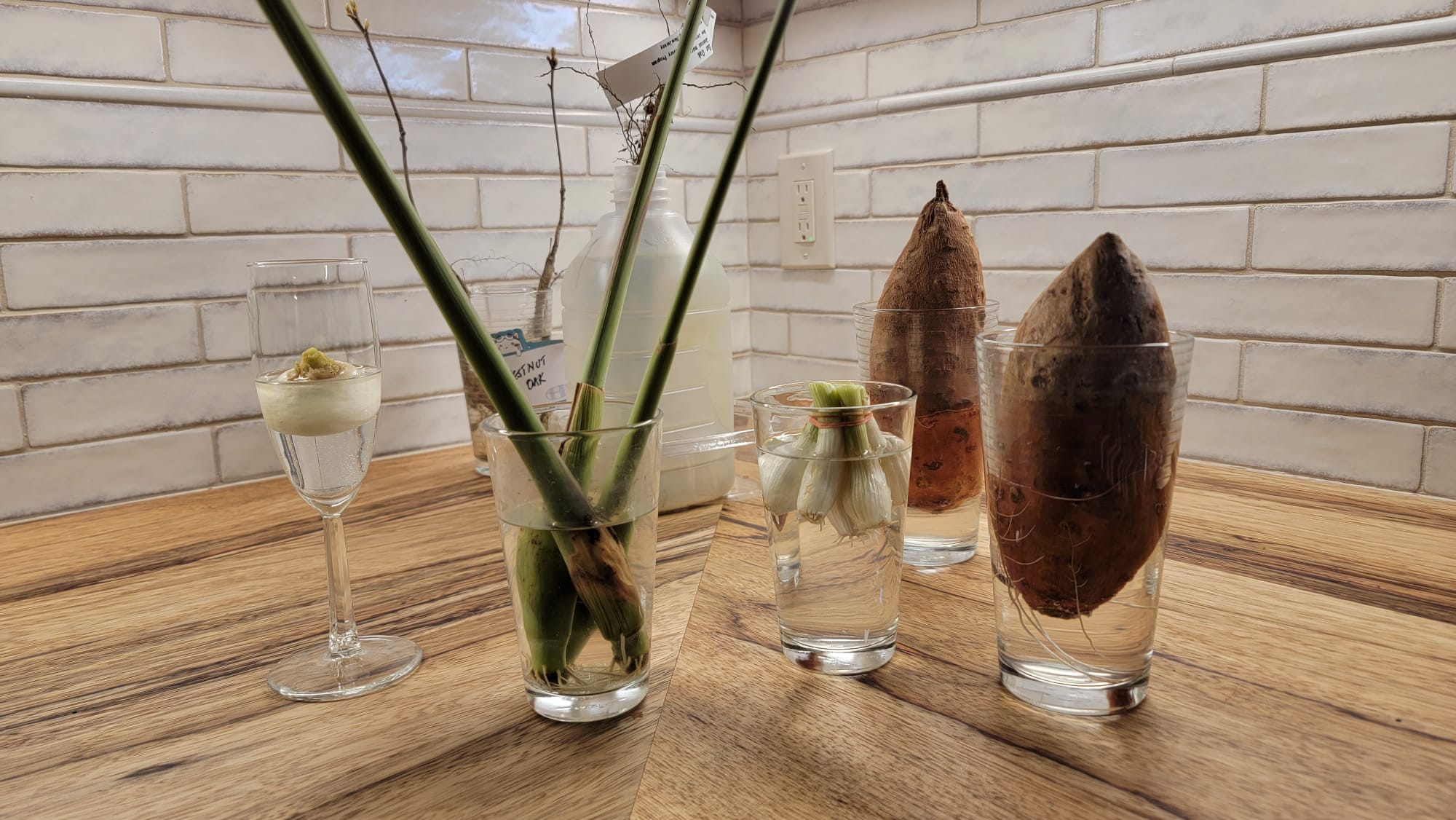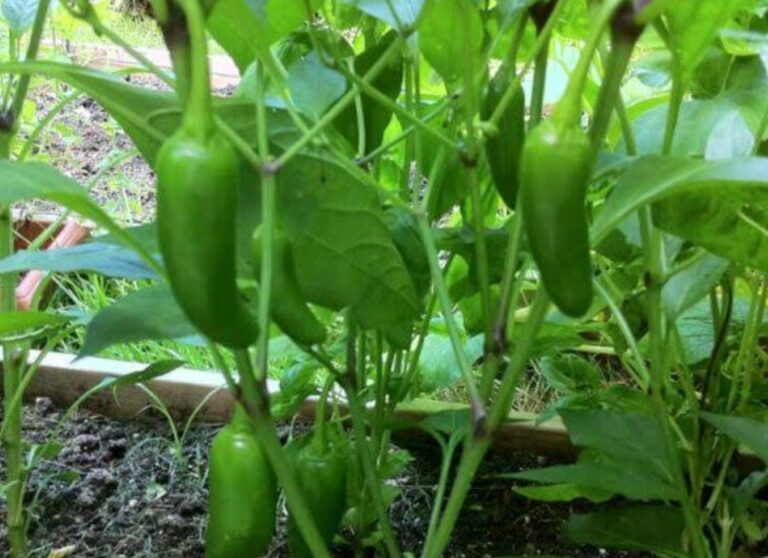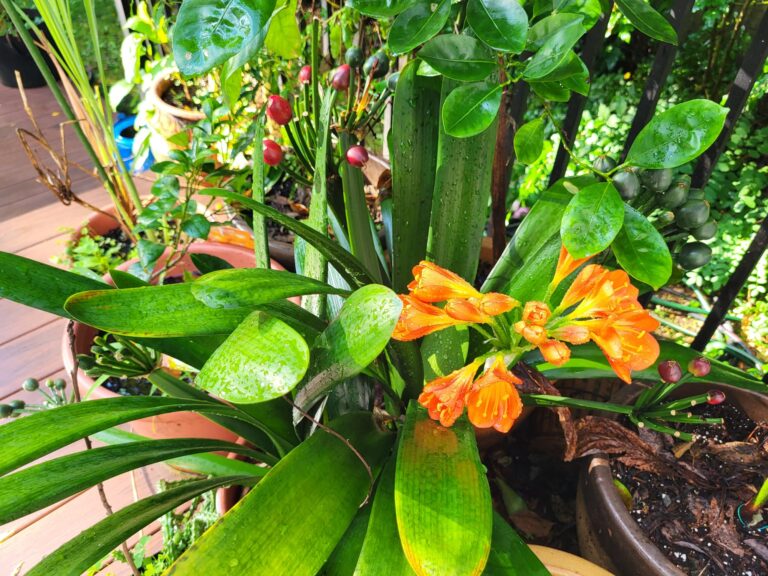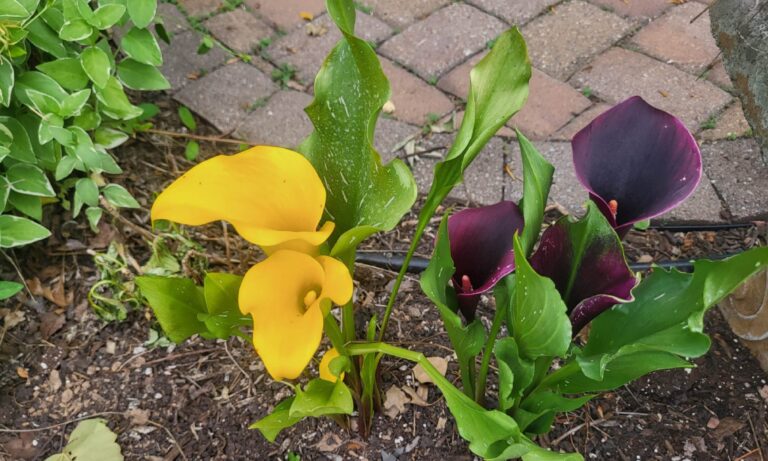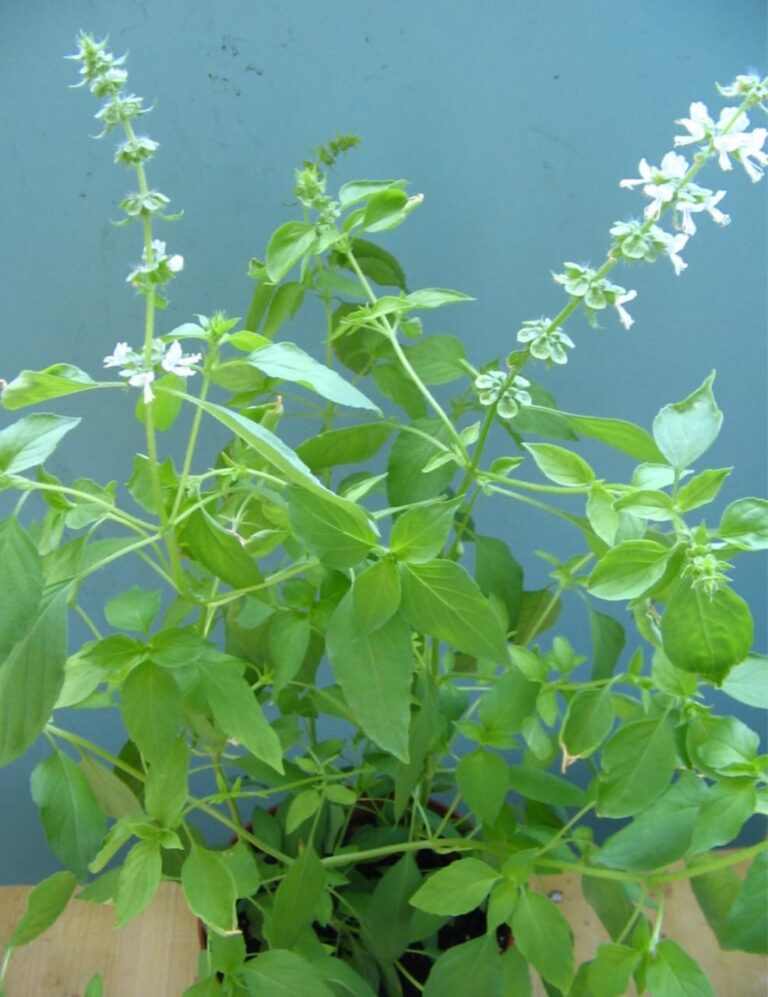Growing with Seeds and Roots
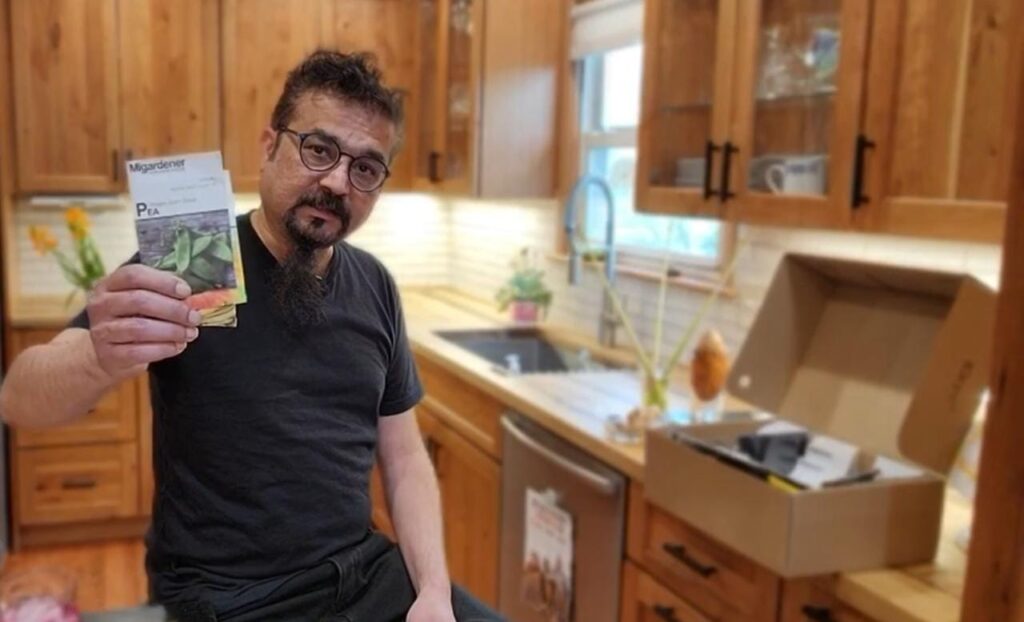
Seed is where everything starts You can grow seeds at the bottom of the ocean, or on the highest mountain, for the right seed for the environment and they will grow. Let us be clear also that you cannot grow everything everywhere. I believe that life starts with a seed, and growing or regrowing is the practice that includes seeds, cuttings, or leftover food. It entails giving these plant parts the right environment and care so they can grow into strong and healthy plants. Gardeners love to multiply their plant supply and replenish it, saving money and fostering sustainability via regrowing. It permits the creation of fresh growth and the continuation of plant life cycles by utilizing the innate regenerative powers of plants. It is a rewarding and environmentally responsible technique that enables people to take advantage of plants beauty and advantages while minimizing waste and fostering self-sufficiency.
The process of regrowing plants from various plant parts can be enjoyable and satisfying. Using typical plant parts, the following techniques can be used to create new plants: I have also shared some tips on my vlog
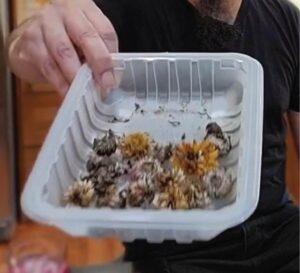
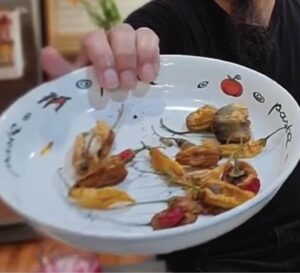
Replenishment from Seeds
- It is very important that seeds should be harvested from mature, healthy plants.
- A well-draining potting mix and preparing seed-starting trays or pots is always helpful.
- In accordance with the instructions on the seed packet, plant the seeds at the proper depth and distance apart.
- According to the needs of the seeds, provide them with the right amount of moisture, heat, and light. Once the seedlings are sturdy enough and the weather is favorable, transplant them outside.
Regrowth From Stem Cuttings
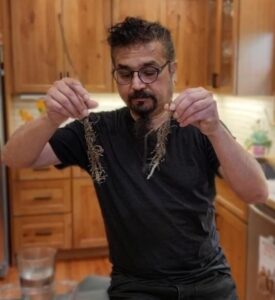
- Make a clean incision just below a node (the place where leaves or branches emerge) on a mature plant stem that is in good health.
- Leave a few leaves at the top of the stalk and remove any lower leaves or blossoms.
- Dip the cut end in rooting hormone, which is optional but can aid in rooting.
- Plant the cutting in the ground or in a well-draining potting mix, making sure to bury at least one node.
- Place the cutting in an area that is warm, humid, and well-lit.
- Maintain wet but not soggy soil. The emergence of roots would occur after a few weeks. The cutting can be moved to a bigger pot or garden after the roots are well-established.
From Leaf Cuttings, Regrowth
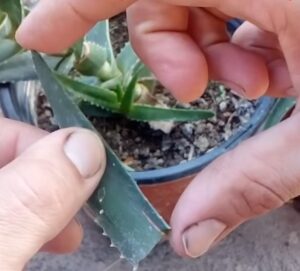
- Select a leaf from a mature plant that is healthy and gently remove it, making sure that some of the petiole (leaf stem) is still present.
- Put the leaf in a container with water or bury the petiole and plant it immediately in a potting mix that drains properly.
- Keep the pot or container in a warm and well-lit area but keep it out of direct sunlight.
- If you’re utilizing the water approach to avoid stagnation, change the water frequently.
- To keep the leaf moist, mist it or wrap the pot or container with a plastic bag.
- Little plantlets should start to appear from the base of the leaf or from the area surrounding the hidden petiole after a few weeks. Once the roots have formed, these can be transplanted.
Regrowth From Roots
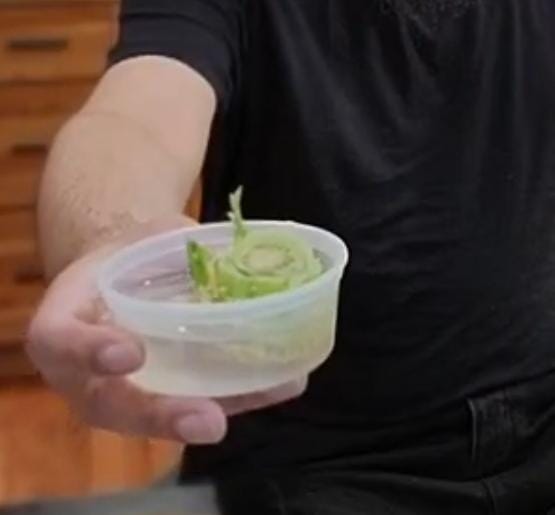
- Find thick, meaty roots in a healthy plant when you dig them up.
- Make sure each cutting of the roots has numerous nodes and cut pieces of the roots that are 2-4 inches long.
- The root cuttings should be buried to the proper depth and planted horizontally in a well-draining potting mix or directly in the ground.
- Keep the soil continually moist and give the cuttings plenty of water.
- The cuttings should be placed in a warm area with filtered light. The cuttings should eventually produce new shoots. At this point they can be transplanted.
Using Kitchen Scraps to Regenerate Plants

- Plants like lettuce, celery, green onions, and herbs can all be grown from kitchen waste.
- Put the area that would produce the roots in a water-filled container or plant it immediately in the ground.
- Keep the container in a well-lit place, and make sure the soil is kept wet or the water is changed frequently.
- When fresh growth begins to appear and gets firmly established, it can be moved to a bigger container or garden.
Note:
Please keep in mind that not all plants can be successfully cultivated from all plant parts. It’s very important to learn the particular requirements of each species of plant and apply the proper regeneration techniques. It’s critical to select a growing medium that meets the unique requirements of your plants, taking into account elements like water retention, aeration, and fertilizer availability. Depending on the style of gardening, such as container gardening, raised beds, or hydroponics, a different approach may be chosen.
